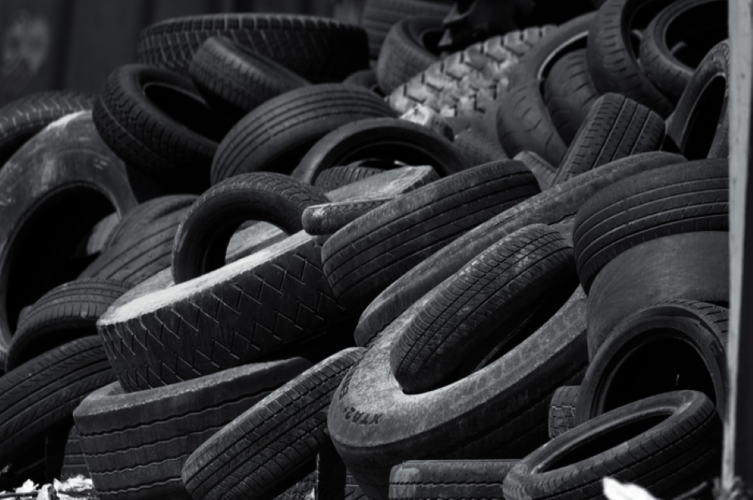Crumb rubber from end-of-life tyres recycled into concrete
A novel approach to rubber recycling could see end-of-life tyres repurposed into concrete for residential constructions, claim researchers in Australia.

New research from the University of South Australia, in collaboration with RMIT University, demonstrated that crumb rubber concrete is a safe, green alternative for residential construction in Australia.
Lead researcher, UniSA’s Professor Julie Mills, said the research is the first to practically demonstrate and construct the new crumb rubber concrete mix in the field.
Globally, approximately 1.5 billion vehicle tyres are discarded annually but less than one per cent of these are reused, with the rest being unaccounted for or dumped in landfills. In Australia alone about 51 million tyres end up in landfills, stockpiles or dumped on mine sites.
“Rubber tyres are not biodegradable and lead to unstable landfills, breeding grounds for mosquitoes from trapped water, polluted surfaces and toxic groundwater. They [also] pose a significant risk for toxic fires,” said co-researcher Dr Osama Youssf. “Such continuous waste production and disposal is entirely unsustainable, which is why we have been investigating alternative recycling options.”
Register now to continue reading
Thanks for visiting The Engineer. You’ve now reached your monthly limit of news stories. Register for free to unlock unlimited access to all of our news coverage, as well as premium content including opinion, in-depth features and special reports.
Benefits of registering
-
In-depth insights and coverage of key emerging trends
-
Unrestricted access to special reports throughout the year
-
Daily technology news delivered straight to your inbox










Water Sector Talent Exodus Could Cripple The Sector
Well let´s do a little experiment. My last (10.4.25) half-yearly water/waste water bill from Severn Trent was £98.29. How much does not-for-profit Dŵr...